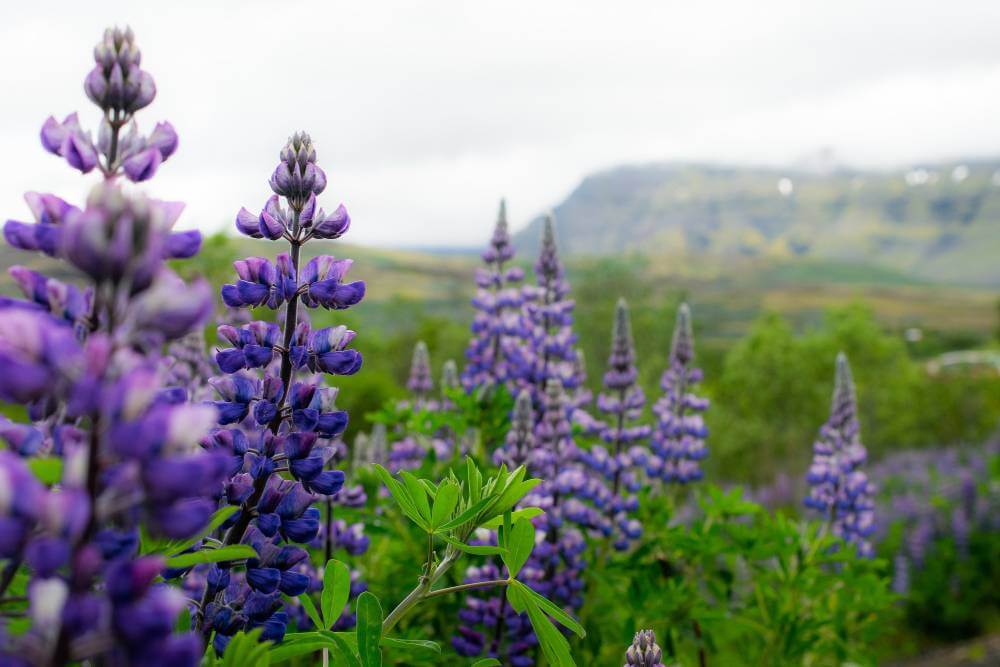Hey there! Are you ready to embark on a journey through the verdant world of herb gardening? Well, buckle up because I’m about to spill the beans (or should I say, seeds?) on one of the most common questions in the herb-growing realm: How long do herbs take to grow? Whether you’re a seasoned gardener or just dipping your toes into the fragrant waters of herb cultivation, this guide is your ticket to turbocharged herb growth. So, grab your gardening gloves and let’s dive in!
The Waiting Game: Patience is a Virtue
How long does it take for those tiny herb seeds to sprout into lush green goodness? Well, my dear friends, the answer varies depending on the type of herb you’re cultivating. Some herbs are quick off the mark, bursting forth from the soil with the enthusiasm of a springtime bunny, while others prefer to take their sweet time, teasing us with their slow and steady growth.
When it comes to speedy sprouters, look no further than the champions of rapid growth: basil, cilantro, and dill. These herbs waste no time in showing off their greenery, often germinating within 7 to 14 days under optimal conditions. Talk about instant gratification!
On the other end of the spectrum, we have the slowpokes of the herb world, such as rosemary, thyme, and sage. These culinary darlings like to take their time, sometimes testing our patience with germination periods ranging from 14 days to a month or more. But fear not, my fellow herb aficionados, for good things come to those who wait!
how to make herbs grow faster? Tips for Accelerated Growth
Now that we’ve established the ground rules for herb growth timelines, let’s talk turkey (or should I say, basil?) and delve into some tried-and-true techniques for speeding up the growing process.
First and foremost, it’s all about providing the perfect environment for your herbs to thrive. That means ample sunlight, nutrient-rich soil, and proper watering habits. Herbs are like Goldilocks—they crave conditions that are just right. Too much or too little of anything can spell disaster for your precious plants, so strive for that sweet spot of balance.
One nifty trick for jumpstarting herb growth is to pre-soak your seeds before planting. This simple yet effective method can help soften the seed coat and kickstart the germination process, shaving precious days off your waiting time. Just soak your seeds in water for a few hours (or overnight for tougher seeds), then plant them as usual. Voila! You’ve just given your herbs a head start in the race to greenery glory.
Herb Care 101: Nurturing Your Leafy Babies
Herb care – the cornerstone of successful gardening endeavors. Once your little seedlings have emerged from their cozy beds of soil, it’s time to roll up your sleeves and get down to the business of nurturing them into robust, flourishing plants.
First things first, make sure to give your herbs plenty of breathing room. Crowded quarters can lead to stunted growth and increased susceptibility to pests and diseases. Aim for spacing your plants according to their specific needs, allowing each herb ample room to spread its leafy wings.
Next up, let’s talk watering. As any seasoned gardener will tell you, finding the perfect watering routine can be a bit of a balancing act. Too much water can drown your plants, while too little can leave them parched and withered. The key is to water consistently, keeping the soil evenly moist but not waterlogged. And remember, it’s always better to water from the bottom to avoid soggy foliage and potential fungal issues.
Herb Maintenance: A Labor of Love
Herb maintenance – the not-so-glamorous side of gardening that separates the green-thumbed wizards from the mere mortals. But fear not, my friends, for I come bearing tidings of great wisdom (and a few handy tips) to help you navigate the rocky waters of herb upkeep with ease.
First and foremost, regular pruning is the name of the game when it comes to herb maintenance. Not only does pruning help keep your plants looking neat and tidy, but it also encourages healthy growth and prevents your herbs from getting unruly. So grab those shears and get to snipping—your plants will thank you for it!
In addition to regular pruning, don’t forget to keep an eye out for pests and diseases that may threaten your herb garden’s wellbeing. Aphids, spider mites, and powdery mildew are just a few of the pesky critters and ailments that can wreak havoc on your precious plants if left unchecked. Be vigilant, my friends, and nip any potential problems in the bud before they have a chance to escalate.
Harvest Time: Reaping the Fruits (or Leaves) of Your Labor
Ah, the moment you’ve been waiting for – harvest time! After weeks (or months) of tender loving care, your herbs are finally ready to grace your kitchen with their flavorful presence. But before you bust out the shears and start snipping away, there are a few things you should know about harvesting herbs like a pro.
First off, timing is everything when it comes to harvesting herbs. For optimal flavor and potency, aim to harvest your herbs in the morning before the sun has had a chance to evaporate their essential oils. This is when the flavor is at its peak, ensuring maximum deliciousness in every leaf and stem.
When it comes to harvesting, the golden rule is to never take more than one-third of the plant at a time. This allows your herbs to continue growing and producing new foliage, ensuring a steady supply of fresh herbs throughout the growing season. And remember, always harvest with care, using sharp, clean shears to minimize damage to the plant.
Summary: A Green Thumb’s Guide to Herb Growth and Care
And there you have it, folks – a crash course in herb growth, care, and maintenance that will have you cultivating a flourishing garden in no time. From speedy sprouting tips to sage advice on herb maintenance, we’ve covered all the bases to ensure your herb-growing endeavors are met with success and satisfaction.
So go forth, dear readers, and let your green thumbs run wild! With a little patience, care, and a sprinkle of gardening magic, you’ll be reaping the bountiful rewards of your herb garden in no time. Until next time, happy gardening!







